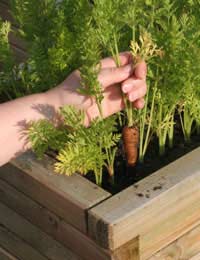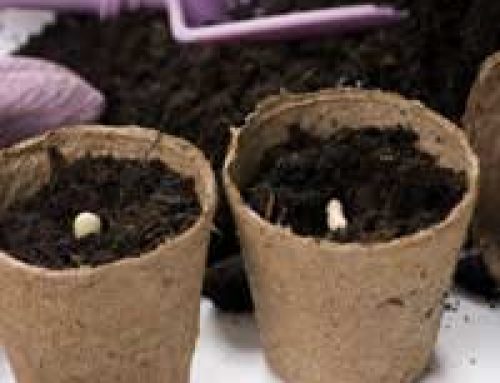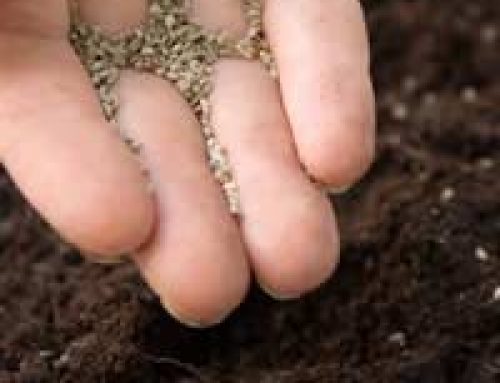
Container gardening is an ideal alternative to having to tend a garden, especially if you’re elderly or you have mobility problems. A patio, greenhouse or deck is an ideal place to produce an impressive display or even a doorstep will do.
The Benefits Of A Container Garden
Container gardens offer many benefits. For many disabled people who are keen gardeners, they are easily accessible. They are also practical for those who may live in an apartment or in sheltered accommodation where you don’t have a garden to tend.
Nature can be therapeutic too so even tending just the odd tomato plant can be very beneficial and it’s also a less costly way to enjoy gardening as well as being able to provide you with fruit and vegetables to eat. Additionally, it can bring some attractive colour to your surroundings.
Suitable Containers
There are a range of containers to suit everyone’s tastes. They come in all shapes and sizes and can be made from clay, plastic, wood or ceramic materials. They need to have a sufficient number of holes in the bottom for effective drainage. Alternatively, you can always punch in extra holes if you find this is a problem. You should set down the container on a solid level surface.
A patio deck or on level cement or concrete is fine and will help with drainage. Alternatively, you can always raise the containers by placing them on blocks of wood to keep them a couple of inches off the ground.
Container Sizes
You need to ensure that you use the right size of containers for what you are going to grow in them. Most plants will happily grow well in containers providing there is sufficient space for their roots to develop.
Plants with shallow roots such as lettuce, radishes, herbs and peppers need a container which is 6 inches in diameter with an 8 inch soil depth at least. However, if you’re looking to grow deep rooted perennials or plants such as tomatoes and cucumbers, larger wooden tubs or half barrels are your best option.
Soil And Fertiliser
Soil straight from your garden isn’t suitable for containers for the most part as it’s too heavy and can hold too much moisture when it’s wet. This means that not enough air can get to the roots so you’re better off buying special container mix or potting soil from your garden centre.
Container plants should be fertilised about every 2 to 3 weeks but make sure that you use the recommended quantity or you can end up killing your plants.
Watering Your Container Garden
You need to water your pots at least once a day and maybe twice if it’s a hot day and your containers are kept in direct sunlight. You should apply water until you see it running out of the drainage holes.
If you find that your containers seem to be getting dry too quickly or that your plants are starting to wilt every day, a good remedy is to move them closer together so that the foliage can create a kind of makeshift canopy to keep the soil cooler and more sheltered from the sun.
Sunlight Requirements
Different plants require different amounts of sunlight to flourish so, depending on where you live and the amount of direct sunlight you receive, this may determine what type of plants you grow in your container garden. In certain instances, aluminium foil, marble chips and white painted surfaces around your containers can help compensate for a lack of sunlight to a degree.
Types Of Plants
These days, plant breeders have made container gardening more accessible by breeding plants which are highly adapted to growing in compact areas so you can grow vegetables, fruits and herbs if you prefer an edible container garden. Alternatively, your interests may lie more in creating an ornamental garden featuring both annual and perennial flowers as well as more exotic foliage.
There are plenty of books and online resources to help you with your container gardening and your local garden centre will also be able to give you advice.





Leave A Comment